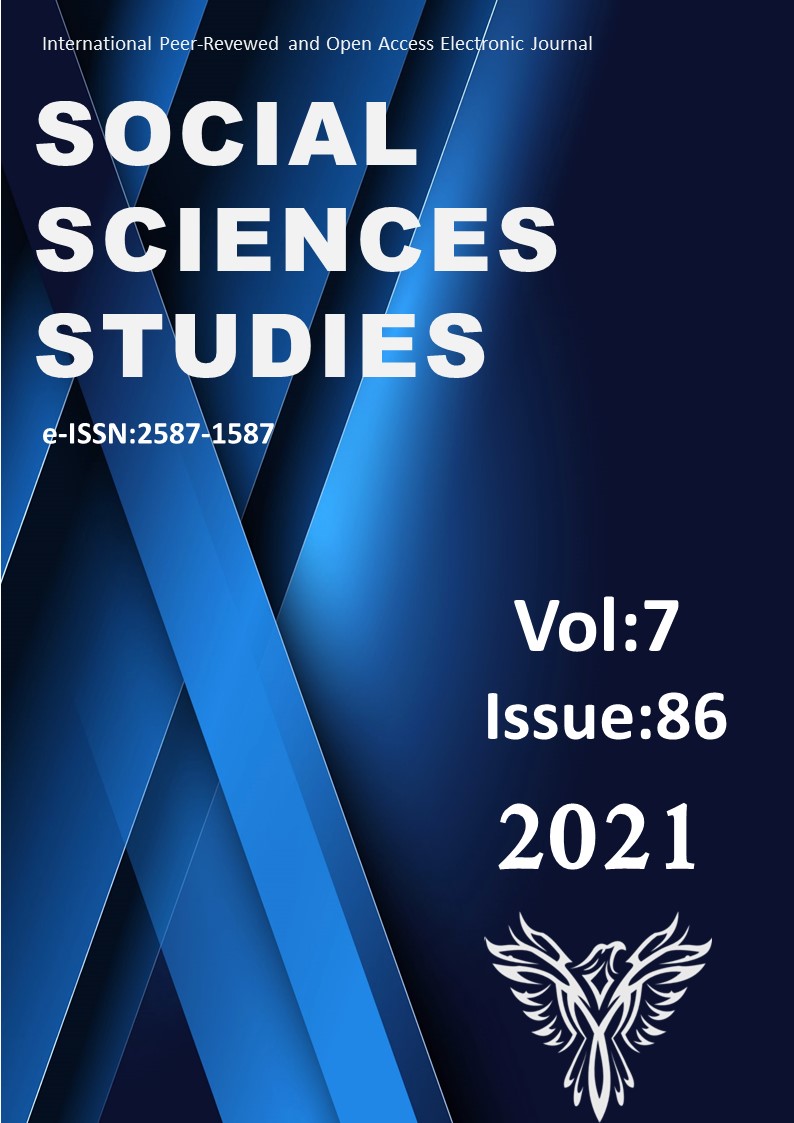Author :
Abstract
İnsanoğlunun varoluşundan günümüze kadar insan yaşamının bir parçası olan, insan elinde şekillenen ve insandan çok daha uzun süre doğada var olabilen ürünler, genel olarak aynı veya farklı bir işlevde tekrar kullanılmak için potansiyel durumda varlıklarını korumuşlardır. Dayanıklı ve kalıcı olma özelliği sayesinde özellikle taş malzemenin yeniden kullanılması durumu adeta kaçınılmaz olmuştur. Anadolu coğrafyasında her yapı türünde yaygın olarak kullanılan devşirme malzeme farklı kullanım şekilleriyle karşımıza çıkmaktadır. Bu durumda farklı kültürlere ait devşirme malzemelerin yanı sıra aynı dönem ya da kültürlere ait malzemelerin devşirilerek en az iki defa yeniden kullanımı söz konusudur. Anadolu Hıristiyan mimarisinde, önceden varolan yapılardan veya yapı bileşenlerinden derlenen malzemelerin tekrar kullanımı oldukça yaygındır. Bu yaygın kullanımın içeriğinde ise mimari yapının bünyesinde boy, biçim, tür açısından farklı olduğu dikkat çeken haç işlemeli taşlar da devşirme malzeme kullanımına örnek oluşturmaktadır. Bu çalışmada, Van’daki Manastır yapılarında devşirilerek yeniden kullanıldığı belirlenen haç işlemeli taş örneklerin tanıtılması amaçlanmıştır. Bu amaçla, yapıların cephe ve duvar yüzeylerinde yer alan 12 adet devşirme haç işlemeli taş; konum, bezeme, malzeme ve teknik açıdan incelenmiştir. Görsel ve teknik olarak belgelenen söz konusu taş plastik bezemeler aynı zamanda benzer durumda kullanılan örneklerle karşılaştırılarak değerlendirilmiştir.
Keywords
Abstract
Products that are a part of human life from the existence of mankind to the present, shaped by human hands, and can exist in nature for a much longer time than humans, have generally preserved their existence in a potential state to be used again in a similar or a different function. Thanks to its durable and permanent feature, the reuse of stone material almost has been inevitable. The spolia, which is widely used in any building type in Anatolian geography have encounter through different forms of use. In this case, in addition to spolia materials belonging to different cultures, materials belonging to the same period or cultures are collected and reused at least twice. The reuse of materials compiled from pre-existing structures or building components is quite common in Anatolian Christian architecture. In the context of this extensive use, the cross-engraving stone, which notewortly that they differ in terms of size, shape and type within the architectural structure, are also examples of the use of spolia. This study aims to introduce the cross-engraving stone examples that were determined to be collected and reused in the monastery buildings in Van. For this purpose, 12 pieces spolia cross-engraving stones on the facade and wall surfaces of the buildings were examined in terms of location, decoration, material and technique. The stone plastic decorations in question, which were documented visually and technically, were also evaluated by comparing them with the examples used in similar situations.





